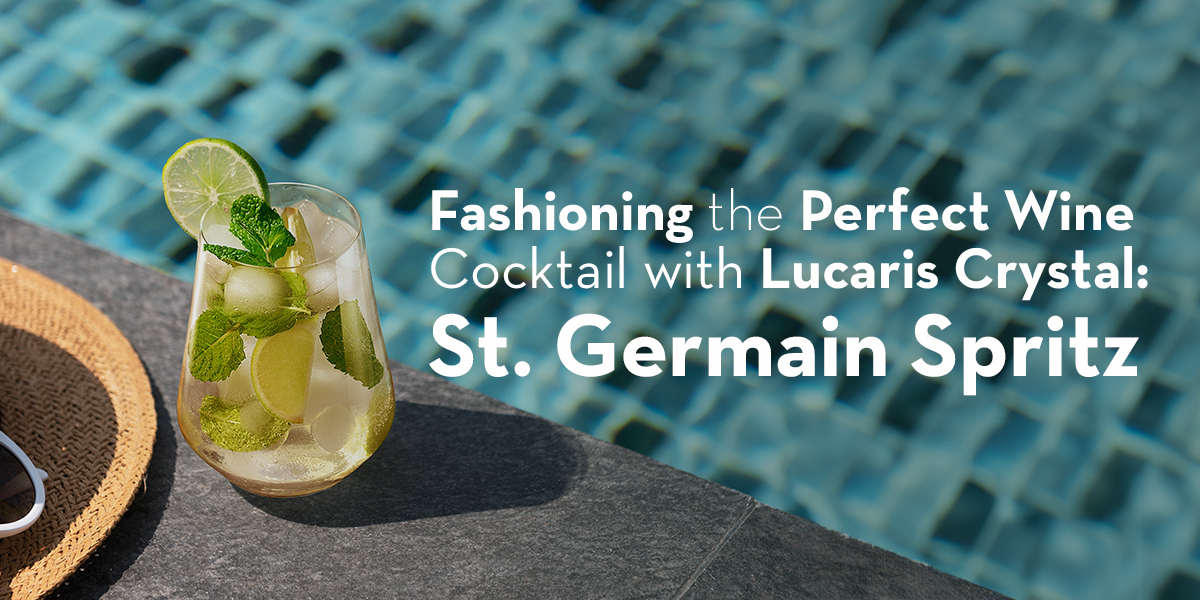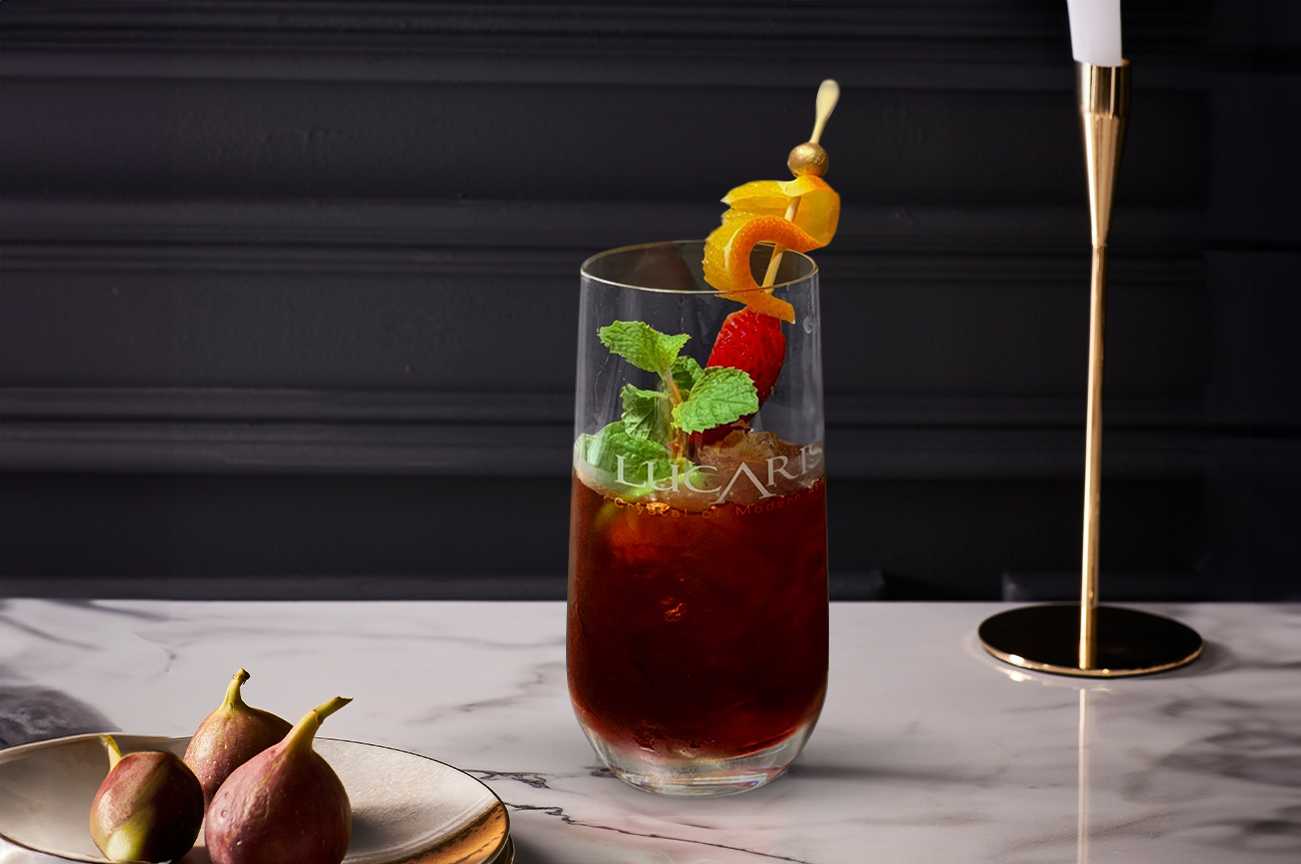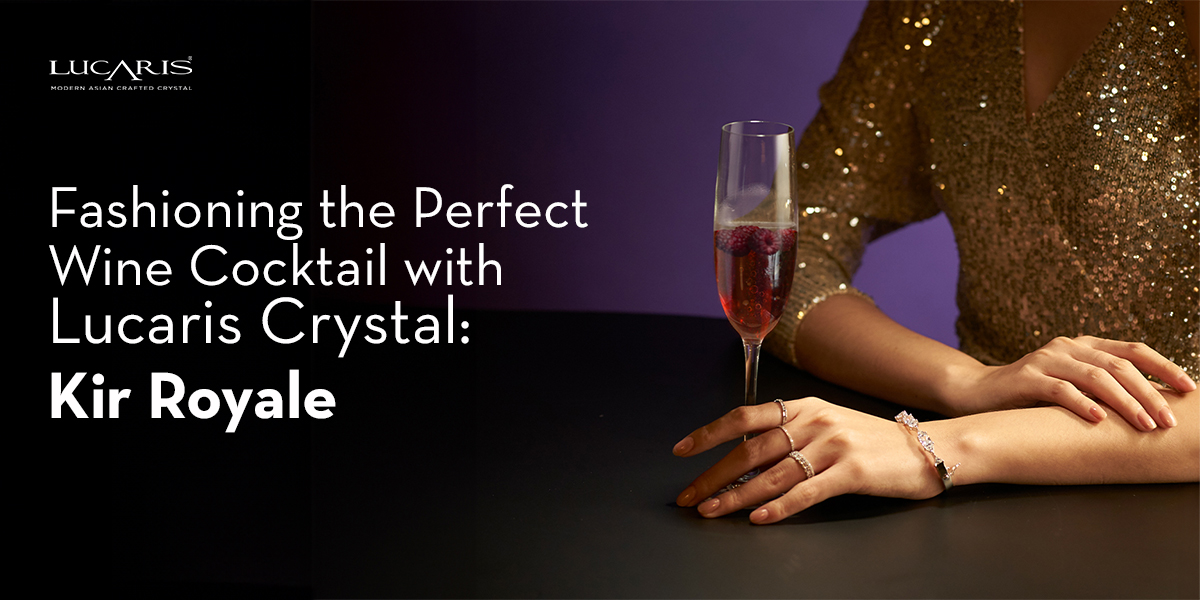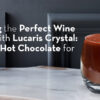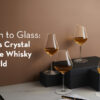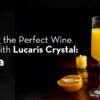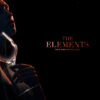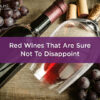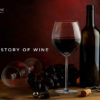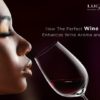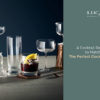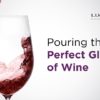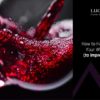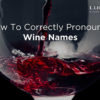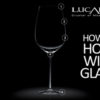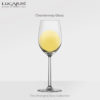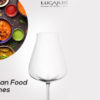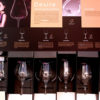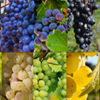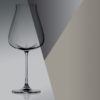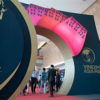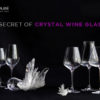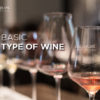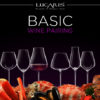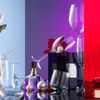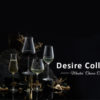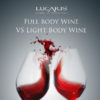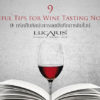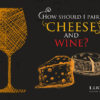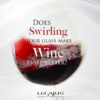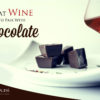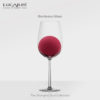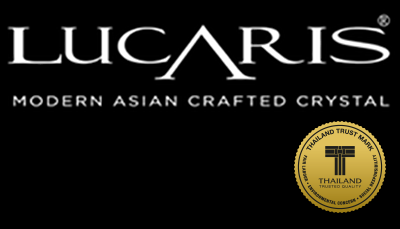Palate Chronicles: A Closer Look at the Wine Body
Wine enthusiasts often find themselves immersed in a rich tapestry of flavors, aromas, and textures. One aspect that stands out in this intricate mosaic is the concept of “wine body.” Understanding the nuances of the wine body can elevate your tasting experience, allowing you to savor the complexities that each sip has to offer.
In a formal manner, the wine body refers to the weight, mouthfeel, and overall structure of a wine. It’s the sensation of fullness and richness that a wine imparts to the palate. Much like the varying strokes of a painter’s brush, the body of wine paints a unique picture of your taste buds, leaving a lasting impression.
Let us figure out different factors, types, and determinants of the wine body with the help of this guide by Lucaris Crystal. 
Factors Influencing Wine Body
Wine body is majorly influenced by four factors:
- Alcohol Content and Viscosity
- Tannin Structure
- Residual Sugar and Sweetness Level
- Grape Variety

Let us dig a little deeper into this.
Alcohol Content and Viscosity
One of the primary influencers of the wine body is alcohol content. As a general rule, the higher the alcohol percentage, the fuller the body of the wine. Full-bodied wines typically boast a dark red hue, signaling both a higher alcohol content and a thicker mouthfeel. For example, a robust Cabernet Sauvignon or a Syrah/Shiraz often falls into this category.
Tannin Structure
Tannins, compounds found in grape skins, seeds, and stems, play a crucial role in a wine’s body. They contribute to the astringency, bitterness, and overall structure of the wine. Full-bodied wines tend to have higher tannin levels, providing a more pronounced and lingering finish. A classic example is a tannin-rich Bordeaux wine.
Residual Sugar and Sweetness Level
While sweetness is not always directly proportional to the body, it can influence the overall perception. Sweeter wines may feel fuller-bodied due to the perceived weight of the sugar. Consider a German Riesling or an off-dry Chenin Blanc as examples of wines with varying sweetness levels.
Grape Variety
Different grape varieties contribute distinct characteristics to a wine’s body. For instance, Pinot Noir is known for producing light to medium-bodied wines, while Malbec and Cabernet Sauvignon are often associated with fuller-bodied expressions. The grape’s inherent traits, coupled with winemaking techniques, play a pivotal role in shaping the final product.
Types of Wine Body
| Type | Characteristics | Example | ||
| Color | Alcohol % | Density | ||
| Light-Bodied Wines | Lighter color | Below 12% | Less mouth-coating density | Riesling Italian Prosecco Vinho Verde |
| Medium-Bodied Wines | Moderate color | Between 12.5% and 13.5% | Balanced mouth-coating density | Rosé French Burgundy Pinot Grigio Sauvignon Blanc |
| Full-Bodied Wines | Very dark red color | Over 13.5% | High mouth-coating density | Zinfandel Syrah/Shiraz Cabernet Sauvignon Merlot Malbec |

How to Determine Wine Body
Reading the Wine Label for Alcohol by Volume (a.b.v.)
Next time you peruse a wine label, pay close attention to the alcohol by volume (a.b.v.) percentage. This numeric value provides a clear indicator of the wine’s potential body. Wines with higher a.b.v. are likely to fall into the full-bodied category, while lower percentages suggest a lighter body.
Observing the Wine’s Viscosity in the Glass
Take a moment to observe the way the wine clings to the sides of the glass after a gentle swirl. A wine with higher viscosity will leave “legs” or “tears” that slowly drip down. This characteristic is often associated with fuller-bodied wines.
The Role of Glassware
To experience the wine’s body to the fullest, the choice among the types of wine glasses plays a crucial role. Especially, the impact of crystal wine glasses on the body of wine transcends the ordinary sipping experience. Lucaris, as a purveyor of premium lead-free crystal glassware, understands that the vessel matters as much as the liquid it holds. Crystal glasses, with their fine craftsmanship and clarity, enhance the sensory journey. They allow the wine to breathe, showcasing its body with elegance.
Recent Posts


